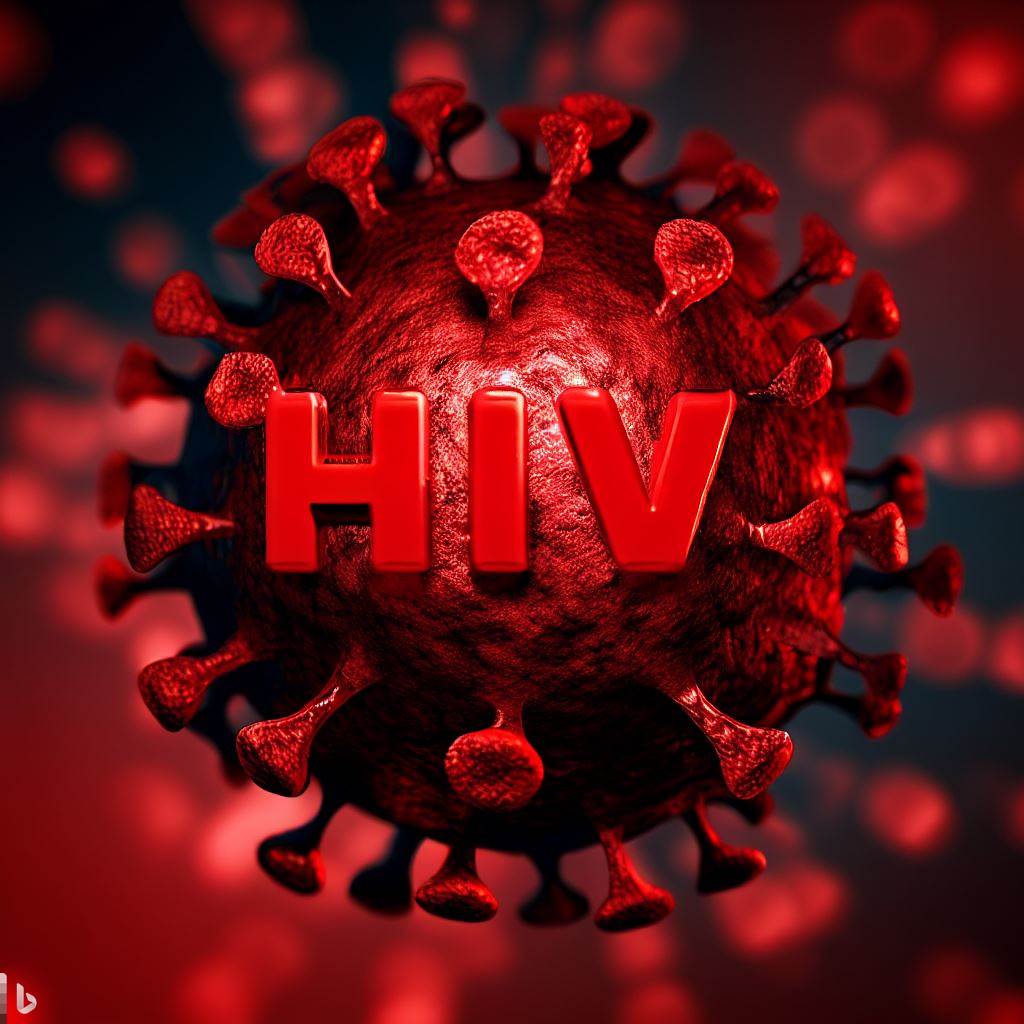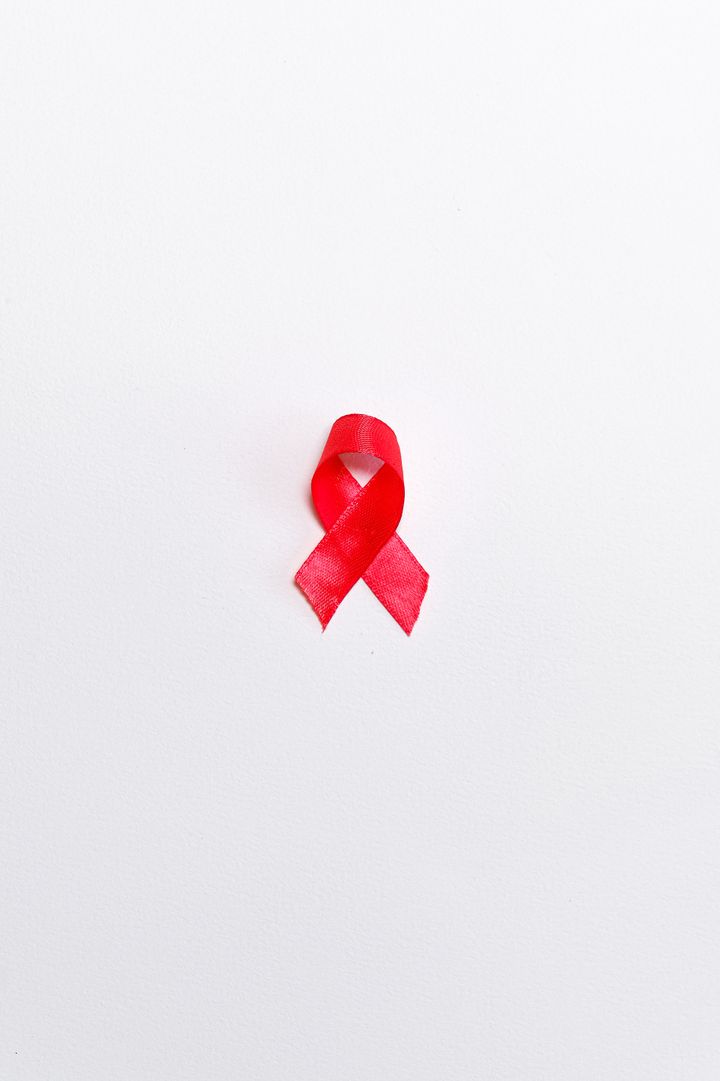Advancements in HIV/AIDS Research for Fall: Navigating the Path to a Cure

As we transition into the fall season, the global fight against HIV/AIDS continues to evolve with groundbreaking research and promising developments. HIV/AIDS remains a significant global health challenge, but ongoing scientific endeavors offer hope for improved prevention, treatment, and, ultimately, a cure. In this blog post, we'll explore some of the key trends and advancements expected in HIV/AIDS research this fall.
- HIV Cure Strategies
Research aimed at finding a cure for HIV remains a top priority. Scientists are investigating various approaches, including gene editing techniques, therapeutic vaccines, and long-acting antiretroviral therapy. This fall, anticipate updates on innovative strategies that bring us closer to an HIV cure.
- Long-Acting HIV Prevention
Long-acting HIV prevention methods, such as injectable antiretroviral drugs, are in development. These approaches offer alternatives to daily pill regimens for both prevention and treatment. Look out for research on the effectiveness and accessibility of long-acting prevention methods.
- Ending HIV Transmission
Efforts to end HIV transmission are intensifying. Researchers are exploring innovative interventions, like pre-exposure prophylaxis (PrEP) and "treatment as prevention" strategies. Stay informed about research that focuses on reducing new HIV infections and the barriers to achieving this goal.
- Targeted Interventions for High-Risk Groups
Certain populations, including men who have sex with men, transgender individuals, and people who inject drugs, face a higher risk of HIV infection. Research is focusing on tailored interventions, outreach, and support to address the specific needs of these groups. Learn about initiatives aimed at reducing HIV disparities.
- Advancements in Antiretroviral Therapy
Antiretroviral therapy (ART) remains the cornerstone of HIV treatment. Ongoing research aims to improve the effectiveness, tolerability, and accessibility of ART. This fall, expect updates on new antiretroviral drugs and formulations that enhance treatment options.
- Stigma Reduction and Education
Stigma continues to be a significant barrier to HIV prevention and care. Research in this area focuses on reducing HIV-related stigma and discrimination while promoting awareness and education. Stay engaged with studies that highlight the importance of stigma reduction in the fight against HIV/AIDS.
Conclusion
As we enter the fall season, HIV/AIDS research continues to be at the forefront of scientific endeavors. The dedication of researchers, healthcare professionals, and advocates offers hope for a future where HIV/AIDS is no longer a global health crisis. Stay tuned for the latest developments in this field as we work towards a world where HIV is preventable, treatable, and ultimately curable.

